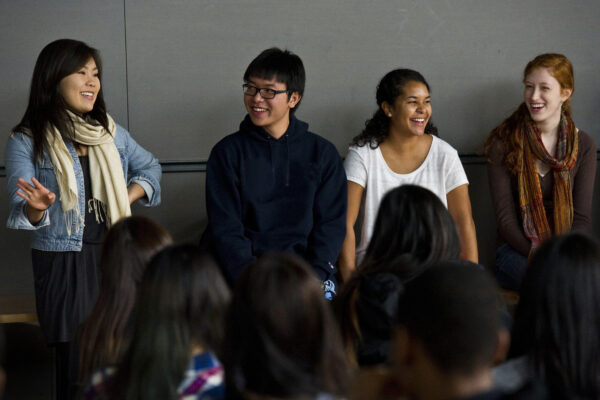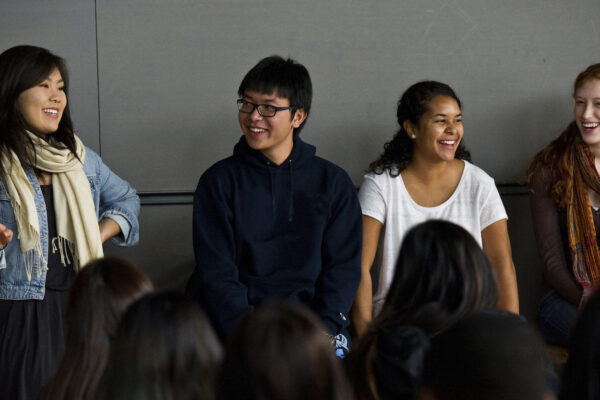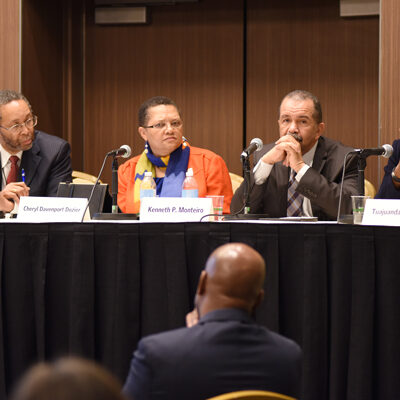ACE2018: Higher Education’s Diversity Journey Part I—The Past and Future
By Jennifer R. Crandall
Diversity is not black and white. “Diversity needs to be a broader stroke than race and include, for example, ethnicity, LGBTQ, disabilities, and veterans,” stressed moderator Dereck J. Rovaris of Louisiana State University. In other words, “it is evolving.”
With an eye to the past of diversity and inclusion in the United States, “Higher Education’s Diversity Journey Part I: Past and Future” at ACE2018 focused on diversity, equity, and inclusion at institutions today. Panelists Barbee Oakes (University of Nevada, Las Vegas), Elizabeth F. Ortiz (DePaul University) and Beth Dobkin (Saint Mary’s College of California) reflected on the ongoing challenges institutions face as they strive for inclusive excellence and identified issues that are likely to take center stage in the coming decades.
Challenges to this work include:
Faculty recruitment and retention. Institutions need to be strategic and intentional in developing the pipeline. This includes recruitment and retention processes and practices that are clear, consistent, coherent, and congruent with mission. For search committees, this could take the form of process and cultural competency training.
Institutional paralysis. When responding to challenges, the default for institutions should be communication, transparency and action. In today’s fast pace world of unfiltered information, institutional response and action needs to be quick. Institutions cannot afford paralysis in senior leadership. They have to be able to walk into that space immediately and define it for the institution.
Rejection of inclusion paradigm. There is no question that a paradigm shift needs to happen in education. When people reject the inclusion paradigm, you have to start where people are. The case has to be built in language they understand. Presidents, for example, have to understand what inclusion means for them and the institution.
Success of chief diversity officers (CDOs). CDOs need role clarity, level authority and resources to effect change within the institution. Setting and managing expectations is critical to this as CDOs manage crises at the expense of strategic planning. They need time and permission to build resources, staff and strategy.
Diversity ROI. How do we assess diversity return on investment? If diversity and inclusion professionals do not define the impact of our work, others will. We need conversations on how we collectively describe the impact of the work we do.
Panelists stressed that to build out diversity work over time, institutions needs to identify diversity as an accountability issue and take a systems approach. Institutions are complex and need everything from compliance to programs on pedagogy and privilege. Living the diversity and inclusion work is a journey. Institutions need to work toward building capacity and having it intersected at every level within the institution.
If you have any questions or comments about this blog post, please contact us.


